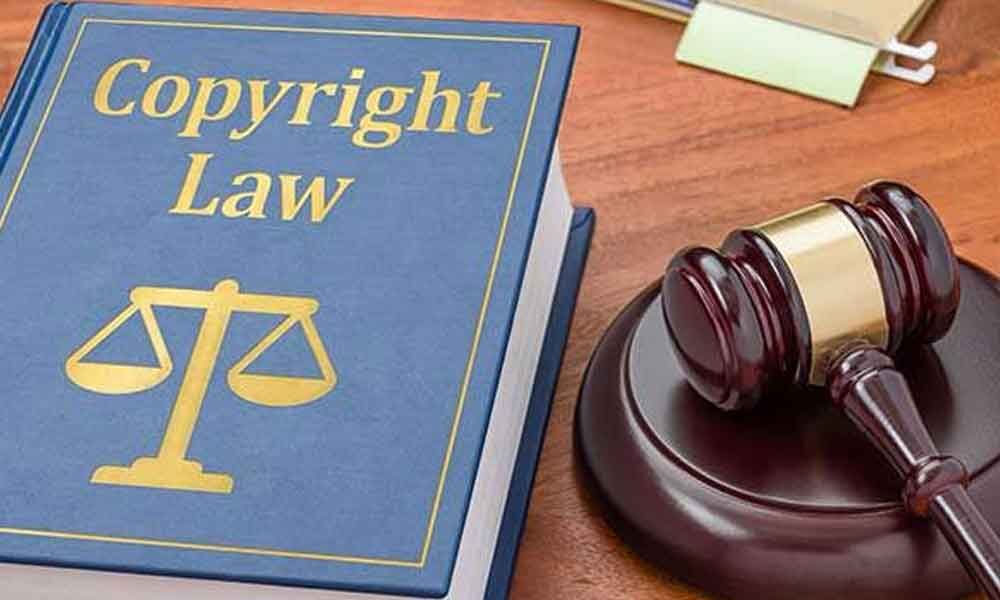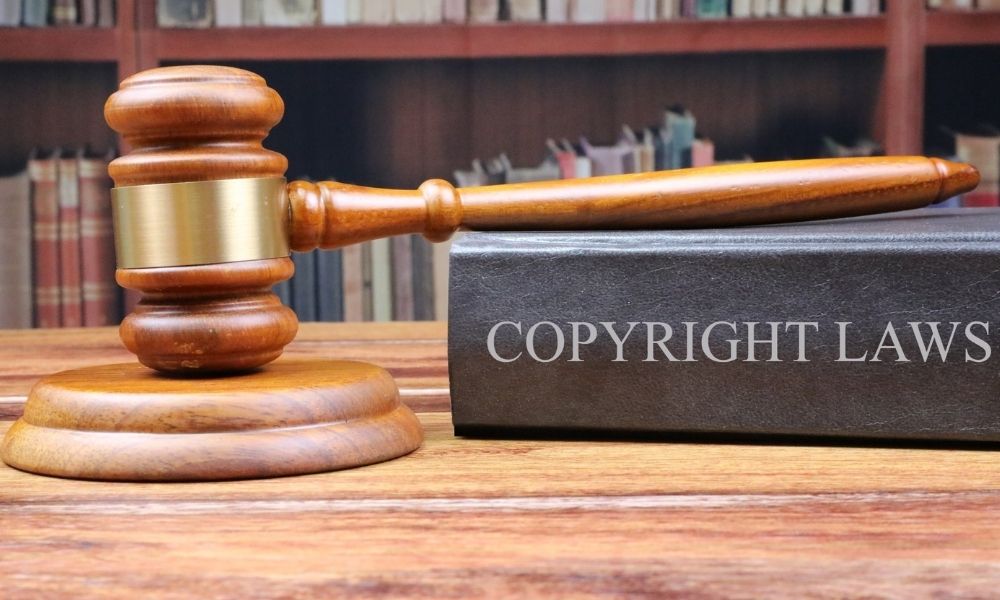Indigenous knowledge is a vital part of the cultural heritage of indigenous communities around the world. It encompasses a wide range of traditional knowledge, including language, music, art, stories, and medicinal practices. However, this knowledge is often at risk of being exploited and misappropriated by outsiders. In recent years, copyright law has emerged as a potential tool for protecting indigenous knowledge and preventing its unauthorized use.
What is Indigenous Knowledge?
Indigenous knowledge refers to the collective knowledge, skills, and practices that have been developed by indigenous communities over generations. It is based on a deep understanding of the natural world and is often closely tied to the land and the environment. Indigenous knowledge is transmitted orally and through practice and is a crucial part of the cultural identity of indigenous peoples.
The Challenges of Protecting Indigenous Knowledge

Indigenous knowledge is often under threat from a range of factors, including cultural appropriation, biopiracy, and exploitation by corporations. These threats can have a devastating impact on the cultural and economic well-being of indigenous communities. However, protecting indigenous knowledge is not a straightforward process. Unlike traditional forms of intellectual property, such as patents and trademarks, indigenous knowledge is often communal and cannot be easily reduced to individual ownership.
The Role of Copyright Law
Despite these challenges, copyright law has emerged as a potential tool for protecting indigenous knowledge. Copyright law grants creators the exclusive right to control how their work is used, reproduced, and distributed. This includes the right to prevent others from using their work without permission. Indigenous communities can use copyright law to protect their traditional knowledge and prevent its unauthorized use.
In recent years, there have been a number of initiatives aimed at using copyright law to protect indigenous knowledge. For example, the Maori tribe in New Zealand has used copyright law to protect their traditional haka dance from unauthorized use by sports teams and advertisers. Similarly, the Australian Aboriginal community has used copyright law to protect their traditional rock art from exploitation by mining companies.
Limitations of Copyright Law
While copyright law can be a useful tool for protecting indigenous knowledge, it is not without its limitations. One of the main challenges is that copyright law is a Western legal framework that may not be compatible with indigenous legal traditions. Additionally, copyright law requires that the work in question be fixed in a tangible form, such as a book or recording. This requirement can be problematic for indigenous knowledge, which is often transmitted orally and through practice.
Indigenous knowledge is a crucial part of the cultural heritage of indigenous communities around the world. However, it is often at risk of being exploited and misappropriated by outsiders. Copyright law has emerged as a potential tool for protecting indigenous knowledge and preventing its unauthorized use. While there are limitations to the use of copyright law in this context, it can be an important part of a broader strategy for protecting indigenous knowledge and promoting cultural diversity.



